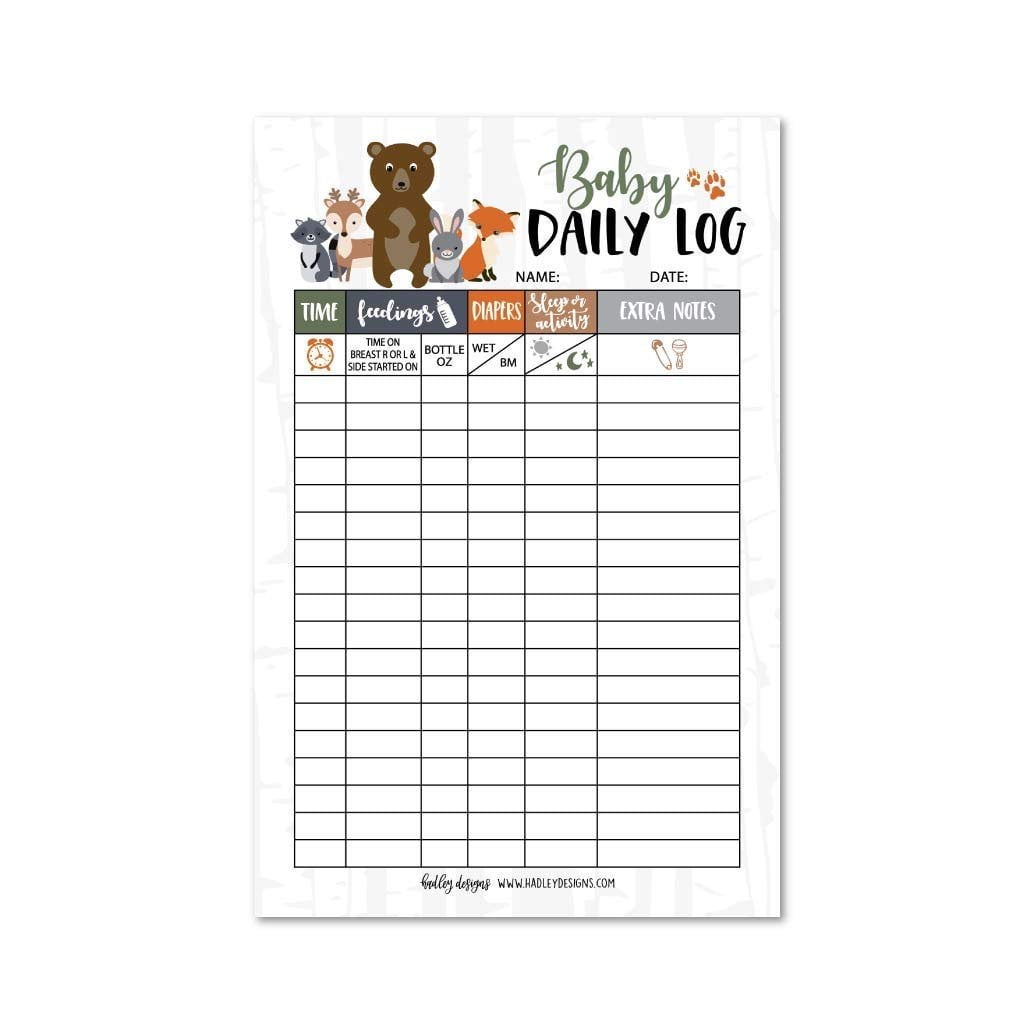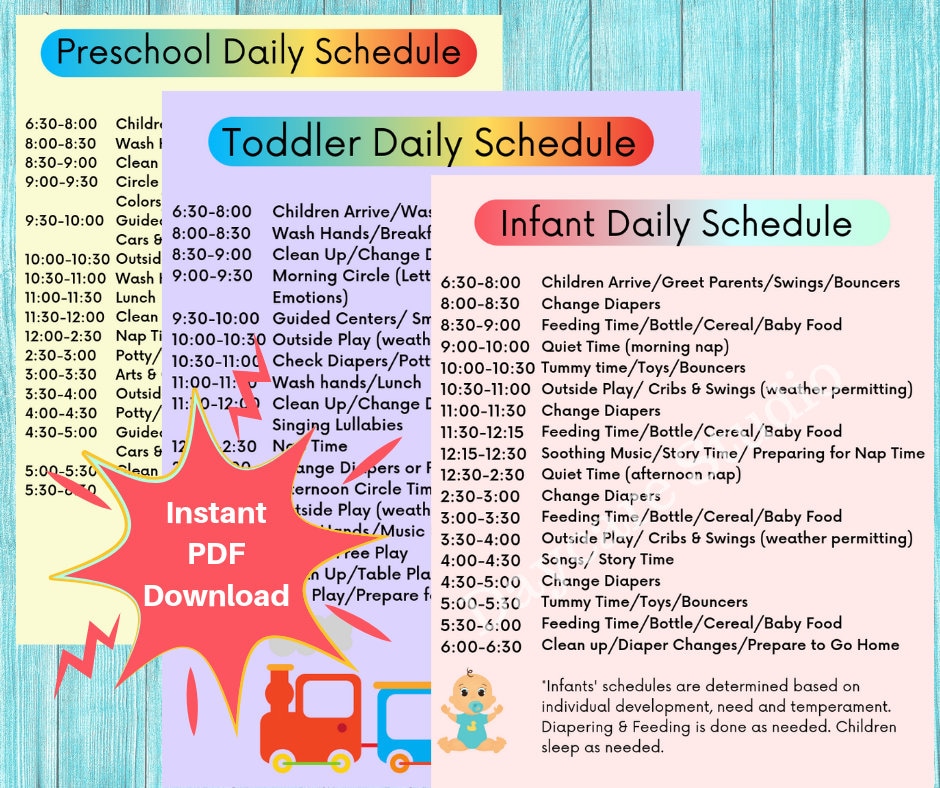

Using songs to accompany routines can reduce stress during transitions and make these experiences more enjoyable for children and teachers. For example, when diapering, a teacher could say, “I’m going to take your pants off now, OK?” Or, when preparing to eat, “First we need to wash our hands, and then we can have a snack.” It is important for teachers to help interpret children’s experiences by acknowledging their feelings (“I bet you are hungry, aren’t you?”). Explaining to infants and toddlers what is happening during routines and transitions can help build a sense of predictability and trust. The ways caregivers create and support routines enable them to help infants and toddlers build trust and independence. Routines are the consistent, predictable, daily experiences of an infant and toddler, such as greetings, diapering, sleeping, and feeding. Within a consistent daily schedule, caregivers are able to build routines around infants’ and toddlers’ natural habits. In turn, infants and toddlers feel secure when schedules and routines are dependable this tells them that they can trust caregivers to provide for their needs.

Predictable schedules help provide a framework and direction for caregivers when caring for infants and toddlers. Transitions: Times of change that occur in a child’s day, such as snack to outdoor play.


When caring for infants and toddlers however, the focus should stay on the sequence of their care and how things happen rather than keeping to a time schedule. You can support autonomy by providing “wait time” for each infant or toddler so that they can process information and make connections (Wurm, 2005).Ĭaregivers, along with other program staff, help determine what to include in a typical day. The primary caregiver strives to understand the child’s needs and helps each individual transition from one experience to another. Children develop best when nurturing teachers modify their schedules to accommodate infants’ and toddlers’ needs rather than trying to get children to fit a set classroom schedule.Īn infant’s or toddler’s schedule is guided and supported by a responsive primary caregiver based on what is learned through observations and connections with the family. For very young children, differences from one child to the next are normal. For example, some infants may take several short naps throughout the day, whereas others may take one or two longer naps. We also think about schedules in terms of how much time is given to different routines. A daily consistent yet flexible schedule will help maintain routines that are supportive of these qualities. Each is unique in personality, needs, and responsiveness. Infants and toddlers should be viewed as capable and competent. A Daily Schedule for Infants and Toddlers A predictable schedule filled with consistent and responsive routines helps them to know what to expect and helps them feel more confident in themselves and the world around them. When things happen in the same order each day, infants and toddlers have a better understanding of their world and feel more secure. Infants and toddlers do not understand the concept of time, so they organize themselves by the people they are with and the events that happen. How would you feel? How might your feelings affect your ability to find this new location? How will your feelings affect your behavior with the teacher and infants in the other classroom? How does this apply to infants’ and toddlers’ feelings and behaviors in settings with varying and unpredictable schedules and routines? When you come here tomorrow, you may be helping at a different location again. We need you to work with a teacher in the infant classroom at another child care center. We also need you to help at a different location. What if you arrived at your place of work and were told, “You’ll be starting at a different time today. Take a moment to think about your day today. Know Why Are Schedules and Routines Important?


 0 kommentar(er)
0 kommentar(er)
